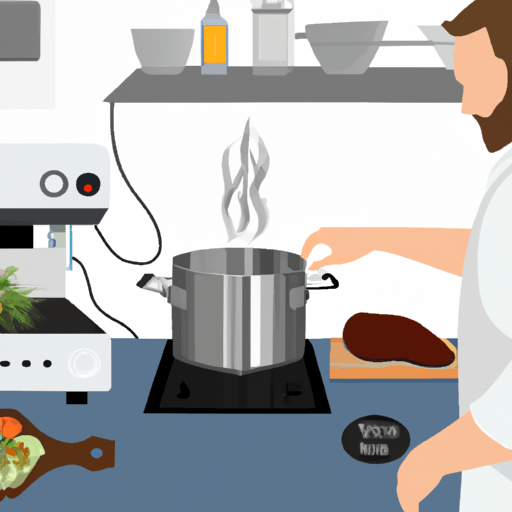Fusion of Traditional and Modern Cooking Techniques
Food is central to our identities, cultures, and lifestyles, and over the centuries it has witnessed considerable growth and evolution. In particular, cooking, as a powerful culinary art, has cultivated various techniques that have evolved over time to incorporate traditional approaches and modern innovations. This unique blend of old and new has led to exciting advancements in the food industry.
Evolving Culinary Methods
Historically, traditional cooking techniques primarily involved open fire cooking, roasting, boiling, stewing, and fermentation among others. Today's modern kitchens, however, have incorporated innovative methods like sous-vide cooking, molecular gastronomy, vacuum sealing, and use of programmable multi-cookers. Applying these technologies to classical techniques, professional chefs and home cooks alike are discovering novel ways to create dishes with complex flavors and unique presentations.
Advantages and Drawbacks
By fusing traditional and modern cooking methods, chefs are enabled to enhance the texture, flavor, and appearance of food. Traditional techniques often impart a unique depth of flavor and texture that is hard to replicate with modern methods. When combined with the precision and control afforded by modern techniques, the results can be extraordinary.
However, this fusion also brings several challenges. The implementation of advanced technology can be expensive and requires training. Furthermore, there are concerns about the dilution or loss of traditional flavors and cooking methods in the face of overwhelming modernization.
Global Implementations: Standout Examples
Restaurants worldwide are pushing culinary boundaries through this fusion of old and new. One example is Chef Massimo Bottura's Osteria Francescana in Italy, celebrated for its innovative approach to traditional Italian cuisine. This includes signature dishes like the “Five Ages of Parmigiano Reggiano” in different textures and temperatures.
In Spain, Chef Ferran Adria's El Bulli utilized molecular gastronomy to reinvent traditional dishes, creating an entirely new dining experience. Examples of similar trends can be seen globally, from Asia's street food incorporating modern techniques, to North America's BBQ traditions using modern smokers and digital thermometers.
Influence and Future Impact
The fusion of traditional and modern cooking techniques is shaping the future of culinary arts. This combination opens up a world of possibilities in terms of flavor, compositional aesthetics, and sensory experiences. As technology continues to evolve and permeate the industry, this fusion is likely to keep pushing boundaries, reinventing gastronomic traditions, and influencing the way we cook and eat.
Overall, the fusion of traditional and modern cooking techniques has undoubtedly enhanced the culinary realm. Nonetheless, it is equally important to retain the charms and authenticity of traditional methods, as these often hold significant cultural and historical value. The future of cooking, then, lies in the harmonious fusion of the time-honored and the innovative, each enhancing and complimenting the other to create unique and delicious culinary masterpieces.



















Comments
Leave a Comment